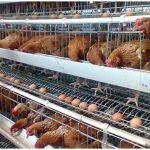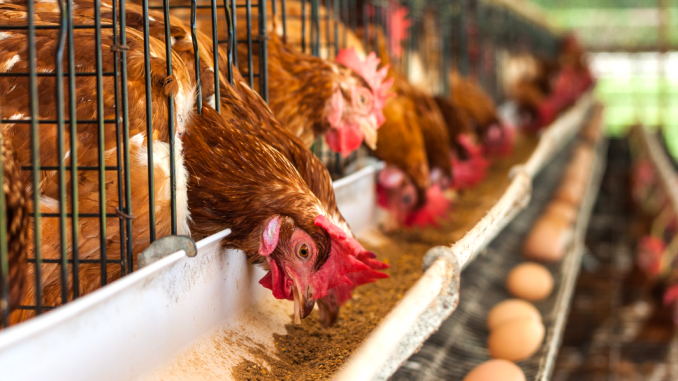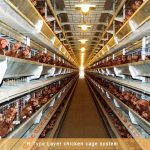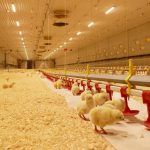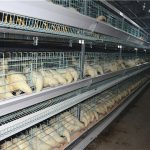More and more farmers are now usinglaying hen cages to raise chickens, but many start-up farmers do not know how to use the farming equipment. Now the author will talk about the process in conjunction with the way the device is used.
The hot summer weather is not conducive to the healthy growth of laying hens and broilers, especially chicken houses inpoultry battery cages. For this reason, the farmers who raise chickens in chicken cages should pay special attention to the heatstroke prevention and cooling work of the chicken houses in the summer, and give the chickens a comfortable growth environment. Then, how do farmers cool down the chickens during the summer feeding process? Here are some tips for farmers to learn about summer heat in the chicken cages.
The feed tanker of the laying hen culture equipment feeds the feed to the feed storage tower outside the chicken house on time, and then the lateral conveying device feeds the feed in the feed tower to the feeding hopper of each column cage at a set time.
After the last driving hopper is filled with feed, the lateral conveying device automatically stops feeding. The feeding carriage runs backwards according to the set time, and when it runs to the end of each column of cages, the driving automatically stops. During the operation, the hopper of each layer of the train corresponds to one trough, which can evenly feed the feed in the trough, and each chicken can freely feed fresh feed.
Adjusting the fan: During the summer feeding management, the farmers should pay attention to adjusting the ratio of the fan to the air inlet to prevent the negative pressure from being too large.
House temperature setting: When the farmer decides the temperature of the house, it is recommended that the farmer can raise the house temperature above the set temperature by 1-4 °C, so that ventilation can be considered and the air cooling effect can be used to cool down.
Improve the ability of chickens to resist heat stress: feed musk powder, VC, baking soda, heatstroke prevention and cooling products, etc., to improve the ability of chickens to resist heat stress.


